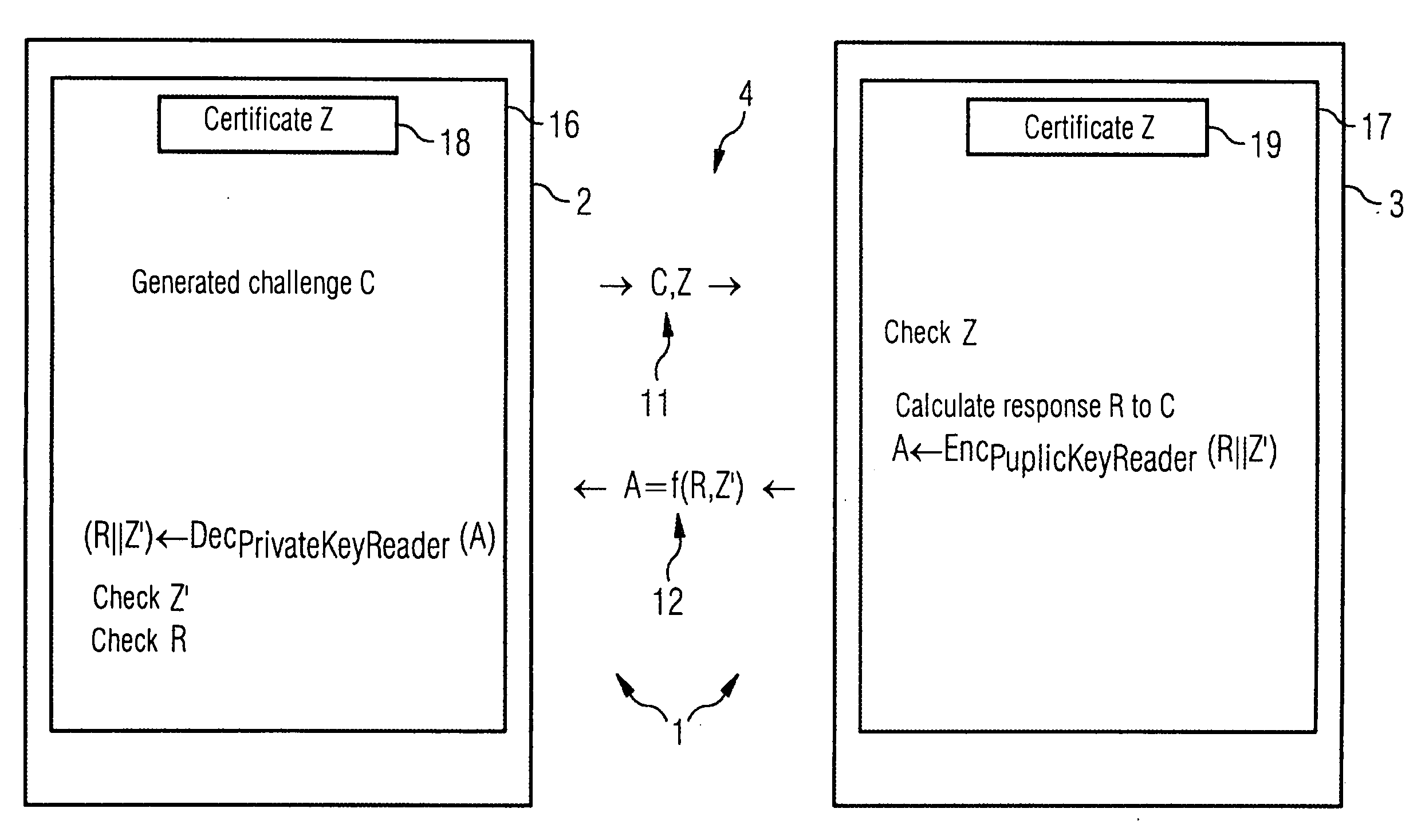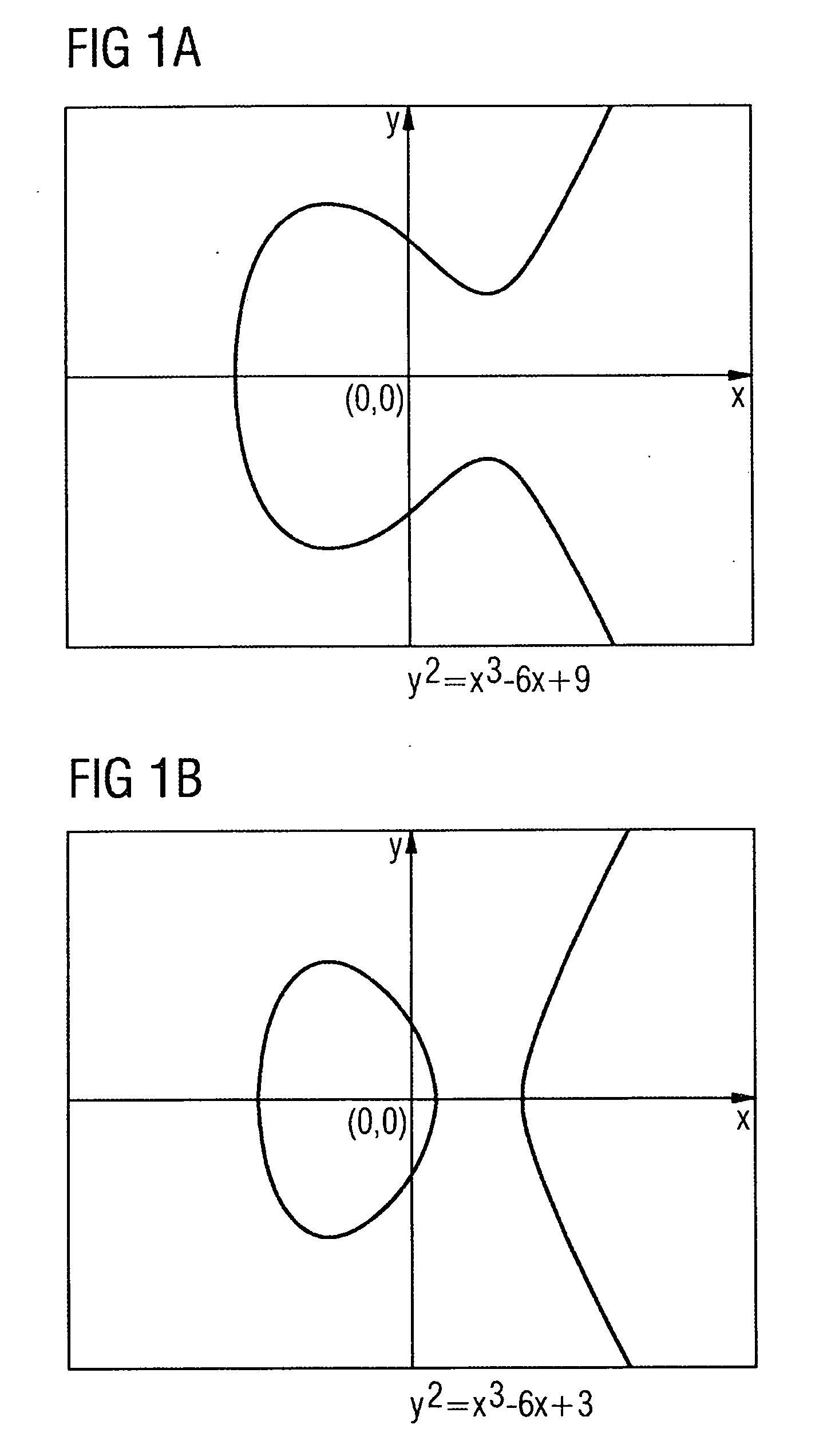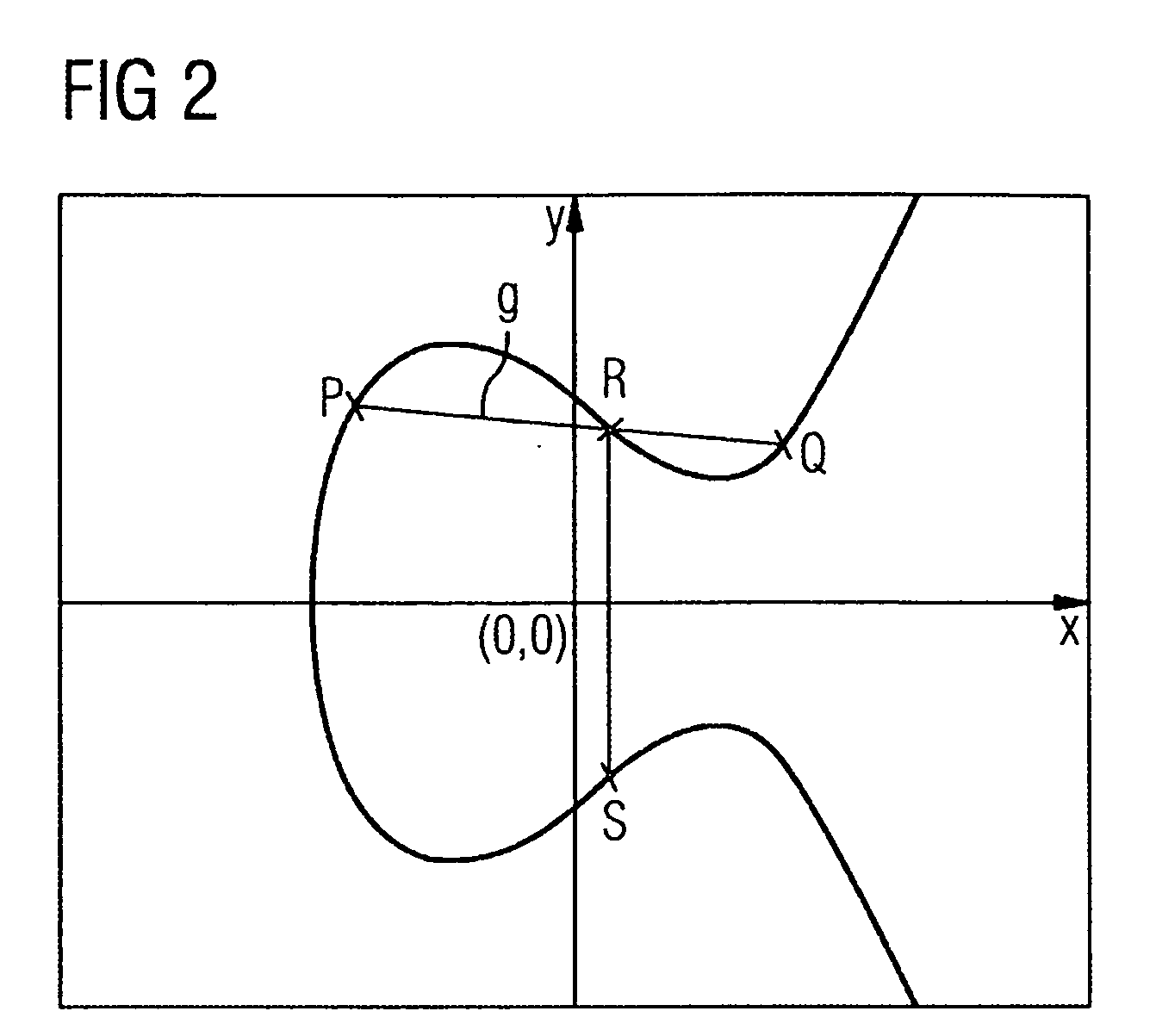Authentication method and communications system used for authentication
a communication system and authentication method technology, applied in the field of authentication methods and communication systems, can solve the problems of unauthorized reading of data contained in rfid transponders, unauthorized user cannot infer the identity of transponders, and the technology of rfid-based data communications also has serious disadvantages, so as to reduce the hardware cost of this implementation, reduce the bandwidth, and efficiently prevent.
- Summary
- Abstract
- Description
- Claims
- Application Information
AI Technical Summary
Benefits of technology
Problems solved by technology
Method used
Image
Examples
Embodiment Construction
[0039]Reference will now be made in detail to the preferred embodiments of the present invention, examples of which are illustrated in the accompanying drawings, wherein like reference numerals refer to like elements throughout.
[0040]The proposed authentication method has a new security protocol, which is based on an arithmetic for elliptical curves. Before describing the authentication method, therefore, the most important characteristics of elliptical curves are first explained by reference to FIGS. 1a and 1b.
[0041]An elliptical curve over a finite field (Galois field) GF(2d) is the set of zero points for the cubic equation
y2+xy=x3+ax2+b (1)
where x and y are variables and the coefficients a and b with b≠O are coefficients in the Galois field GF(2d).
[0042]In FIG. 1a and FIG. 1b, two elliptical curves over the real numbers are shown by way of example.
[0043]With the addition of a point at infinity as a neutral element, this set of zero points forms an additive group, for which the...
PUM
 Login to View More
Login to View More Abstract
Description
Claims
Application Information
 Login to View More
Login to View More - R&D
- Intellectual Property
- Life Sciences
- Materials
- Tech Scout
- Unparalleled Data Quality
- Higher Quality Content
- 60% Fewer Hallucinations
Browse by: Latest US Patents, China's latest patents, Technical Efficacy Thesaurus, Application Domain, Technology Topic, Popular Technical Reports.
© 2025 PatSnap. All rights reserved.Legal|Privacy policy|Modern Slavery Act Transparency Statement|Sitemap|About US| Contact US: help@patsnap.com



